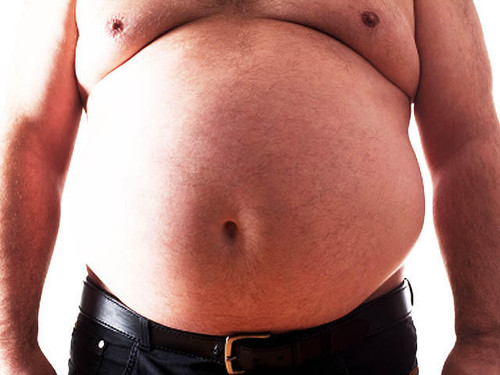The Relationship Between Body Weight and Chafing
Posted by Jack Miller on 23rd Oct 2023
Chafing is a common skin problem caused by the repeated rubbing of skin against skin or clothing. While anyone can experience chafing legs, it's often believed to be directly linked to body weight. Let’s delve deeper into the relationship between body weight and chafing, debunking myths and highlighting truths.
Understanding Chafing
Before we dive into the relationship between body weight and chafing, it's essential to understand what chafing is. Chafing is a painful condition that occurs when there's persistent friction, usually caused by skin rubbing against skin or clothing. This results in painful, red, or even blistered skin. Common areas affected include thighs, underarms, and under the breasts.
Body Weight and Increased Skin-to-Skin Contact
One reason why overweight or obese individuals might experience more chafed skin is the increased skin surface in certain areas. Larger thighs or arms may rub together more than in those of average weight. As a result, there's more skin-to-skin contact, leading to a higher risk of chafing.
Sweat as a Catalyst
Sweating is natural, and everyone does it. However, with excess weight, there might be increased sweating in areas with skin folds or overlapping skin. Moisture from sweat can reduce the skin's natural ability to glide smoothly, leading to increased friction and, subsequently, chafing.
Clothing: A Double-Edged Sword
Contrary to the belief that tighter clothes can prevent skin rubbing, they can sometimes exacerbate the problem. Tight clothing can cause increased friction, especially if they're made from non-breathable materials. This is not solely a concern for overweight individuals; even those with average weight can experience chafing if they wear ill-fitting clothes.
The Right Clothing Can Help
Moisture-wicking fabrics can help reduce the risk of chafing. These materials pull sweat away from the body, keeping the skin dry. Compression garments can also help by providing a smooth surface that reduces friction. If you really want to eradicate chafing around the thigh area, then anti chafing thigh guards are an elegant solution.
Chafing Isn’t Solely a Weight Issue
It's a misconception that only overweight people experience chafing. Athletes, regardless of their body weight, often deal with this issue, especially long-distance runners. Repetitive motion, combined with sweat, can lead to chafing in areas like the thighs, nipples, and underarms.
Prevention and Care
Applying barrier creams or powders can reduce the friction between skin surfaces These products provide a protective layer, making it harder for the skin to get irritated. It isn’t a permanent fix though, which is why thigh guards are such a great alternative. If you’re looking to prevent chafing, remember to:
Stay Dry
Staying dry is crucial. As mentioned earlier, moisture can exacerbate chafing. After sweating, change into dry clothes and ensure that wet or damp clothing isn’t left against the skin for extended periods.
Proper Clothing
Ensure that clothes fit well, are appropriate for the activity, and are made of breathable, moisture-wicking materials. Thigh guards are an excellent addition to your outfit if you experience thigh or groin chafing.
Chafing Isn’t Just a Weight Problem
While there's a relationship between body weight and chafing, it's important to note that chafing isn’t exclusive to overweight individuals. Various factors contribute to this skin issue. By understanding the causes and taking preventative measures, one can significantly reduce the risk and discomfort of chafing.

